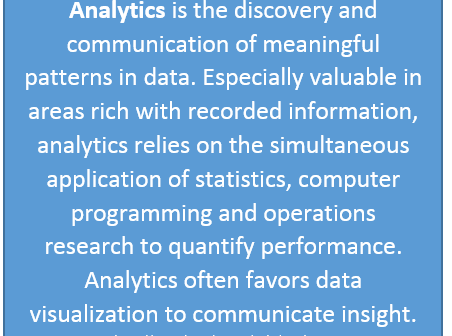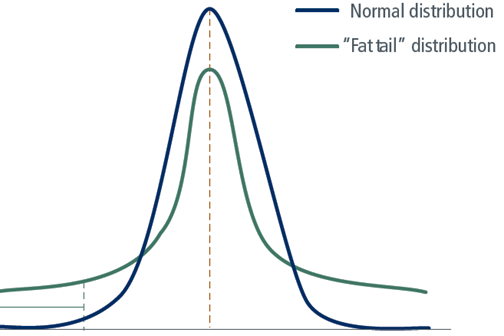
Today in manufacturing there has been a lot of investment in automation, supervisory controls, quality, and execution systems. The amount of data produced and now being captured is staggering. The data captured in industry will re-define what is “big” in big data. Yet, for all this investment: Equipment still fails. Scrap
















